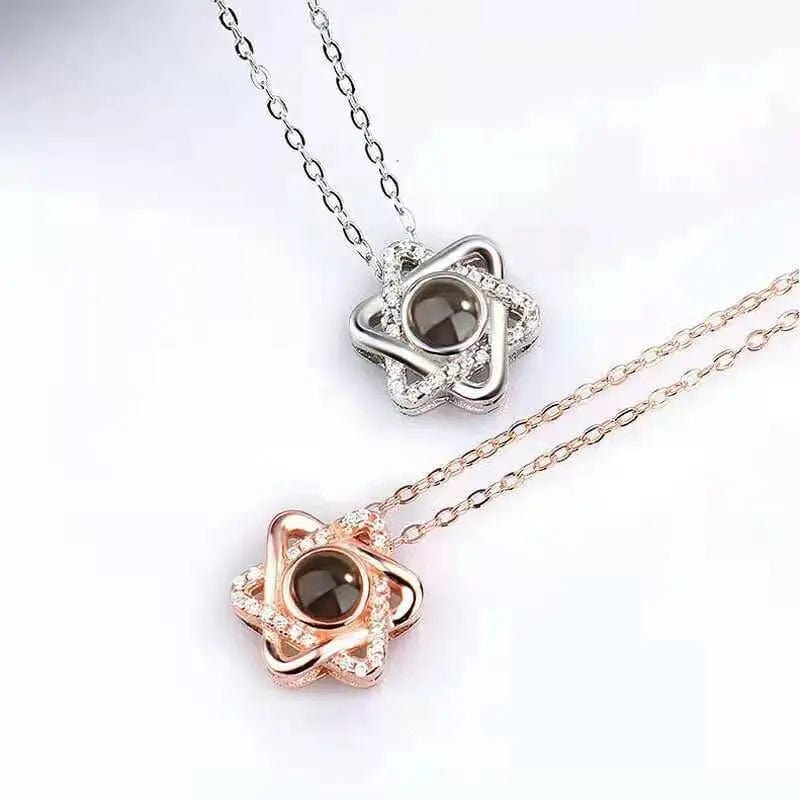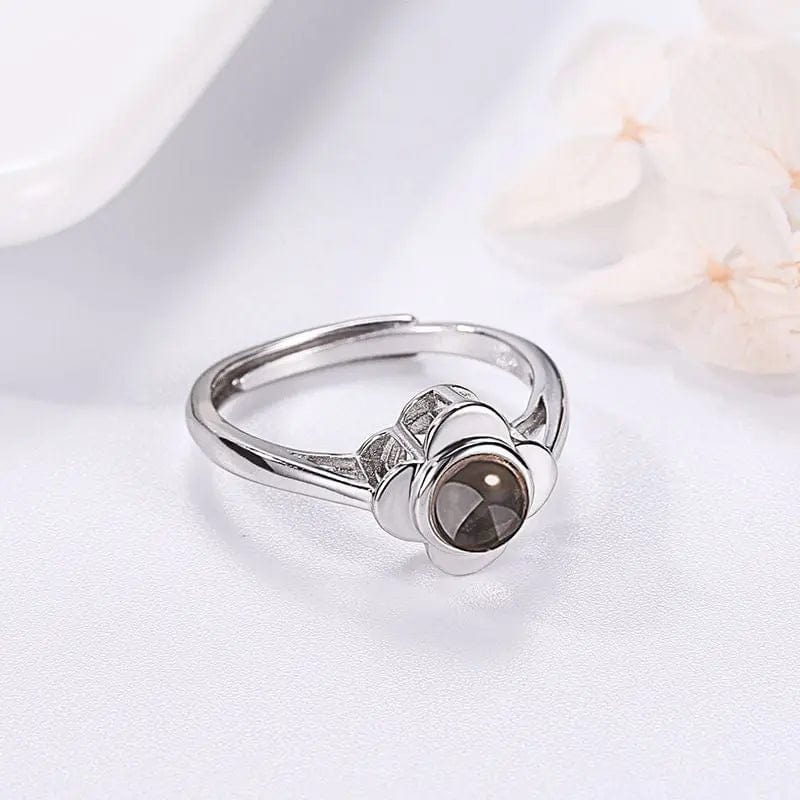Understanding Dress Codes: Formal vs Black Tie
When it comes to dressing up for special events, understanding the nuances of dress codes can make a significant difference in how you present yourself. Two commonly confused dress codes are Formal and Black Tie. Let’s delve into the differences between the two and how they can help guide your sartorial choices.
Formal Dress Code
For men, the formal dress code typically calls for a dark suit with a dress shirt and tie. You mentioned that you are wearing a navy suit and tie, which aligns perfectly with the formal dress code. This attire exudes sophistication and elegance, making it ideal for weddings, business dinners, and other upscale events.
Black Tie Dress Code
Black Tie, on the other hand, is a step above formal attire. For men, Black Tie usually requires a tuxedo, a formal white dress shirt, a black bow tie, and black dress shoes. This dress code is reserved for very formal events such as galas, awards ceremonies, or upscale dinners.
Jewelry: Adding a Touch of Elegance
While the focus is often on the clothing, jewelry can also play a vital role in elevating your overall look. When adhering to a formal dress code, opt for classic accessories such as a silver or gold watch, cufflinks, and a simple ring. For Black Tie events, consider adding a tasteful touch of luxury with a statement watch, elegant cufflinks, and perhaps a sophisticated lapel pin.
Remember, the key to mastering any dress code is to pay attention to details and ensure that your outfit reflects the formality of the event you are attending. By understanding the distinctions between Formal and Black Tie attire, you can confidently dress for any occasion with style and finesse.



